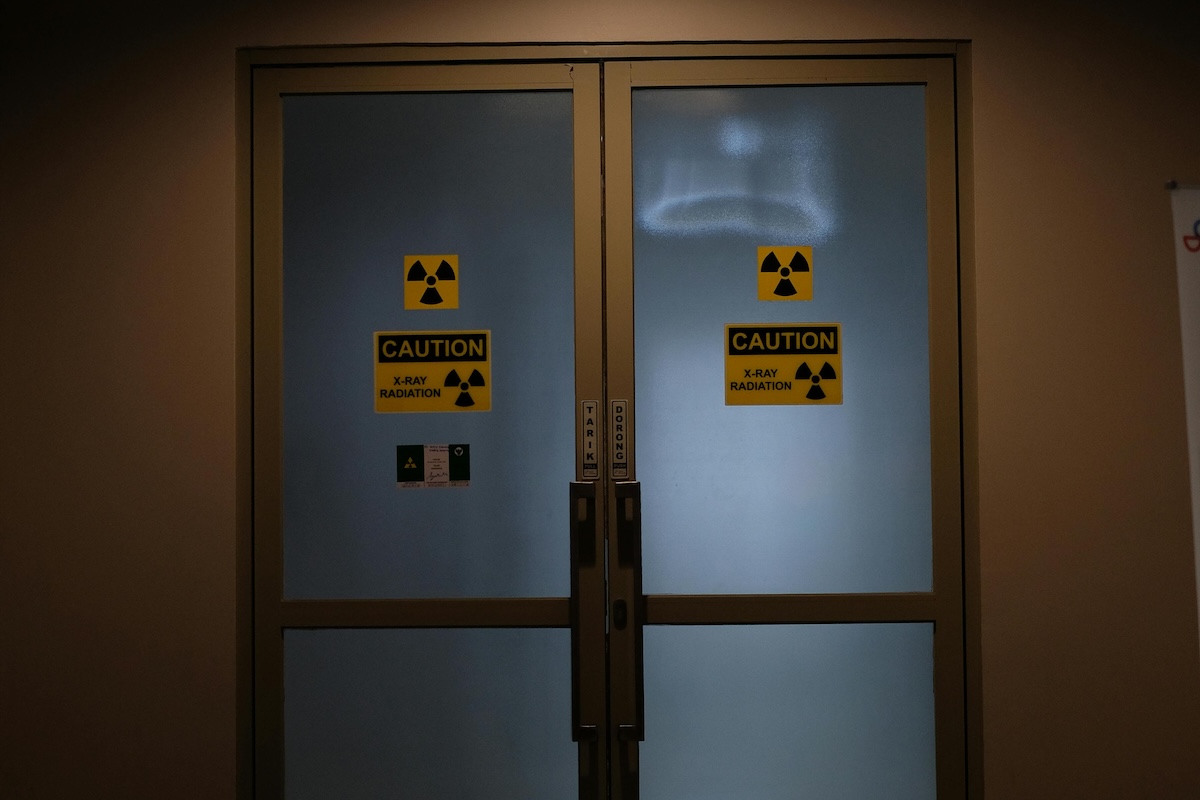Uniting Against Proliferation: The Role of Export Control Regimes

Article Summary
International export controls are agreements and regulations designed to prevent the proliferation of weapons, dual-use technologies, and other sensitive items.
These are international agreements, such as the Wassenaar Arrangement and Australia Group, that coordinate export control regimes among member countries.
They protect global security, prevent illicit trade, and ensure sensitive technologies are not misused.
Countries work through multilateral regimes, share intelligence, and align policies to prevent proliferation and enforce compliance.
Challenges include differing national priorities, enforcement gaps, and the rapid evolution of emerging technologies.
The following four regimes are informal groups of states that exchange information and best practices on trade in goods and technologies related to chemical, biological, nuclear, and conventional weapons, as well as their means of delivery. Let’s explore each to better understand their specific purpose:
Exploring the Role of the Multilateral Export Control Regimes
These four regimes are informal groups of states that exchange information and best practices on trade in goods and technologies related to chemical, biological, nuclear, and conventional weapons, as well as their means of delivery. Let’s explore each to better understand their specific purpose:
1. Australia Group (AG)
The AG focuses on controlling the export of chemical and biological materials that could be used for the development of weapons. It aims to prevent the spread of dual-use items that have both civilian and military applications.
2. Missile Technology Control Regime (MTCR)
The MTCR’s primary goal is to limit the proliferation of missiles capable of delivering weapons of mass destruction. It coordinates national export controls among its 35 member countries to stem missile proliferation.
3. Nuclear Suppliers Group (NSG)
The NSG aims to prevent the proliferation of nuclear weapons by controlling the export of nuclear-related materials, equipment, and technology. It currently has 48 participating countries.
4. Wassenaar Arrangement (WA)
The WA focuses on regulating conventional arms and dual-use goods and technologies. It aims to enhance transparency and promote responsible trade in these items.
International Nonproliferation Treaties & Organizations
Several other types of international cooperation are striving in different ways to prevent the illicit transfer of conventional arms and sensitive technologies. Notably, the Arms Trade Treaty (ATT) and the Organization for the Prohibition of Chemical Weapons (OPCW) work together to enhance transparency, strengthen export controls, and reduce the proliferation of weapons and related technologies. Other efforts focus specifically on dual-use items—goods and technologies that have both civilian and military applications. The Organization for Economic Co-operation and Development (OECD) plays a leading role in reducing the misuse of such items.
The United Nations' Role in Preventing Weapons Proliferation
In 2004, the United Nations passed a landmark resolution, known universally as UN 1540, that is explicitly directed against the proliferation of nuclear, chemical, and biological weapons, their delivery systems and related material. The resolution was designed to address the full range of proliferation activity, including support for proliferators and acquisition of WMD by non-state actors. Not only does this resolution require UN member states to adopt and enforce effective laws and measures internally, it also encourages them to reach out and assist partner governments in establishing, strengthening, and enforcing strategic trade and border control systems consistent with international best practices.

How the United States Supports International Nonproliferation Goals
In support of the UN 1540 resolution, various U.S. government agencies have worked for decades to promote capability and cooperation in smaller countries throughout the world. Notable among these are the efforts of the Office of Export Control Cooperation (EXBS), within the Department of State, that coordinates various types of training and activities related to strategic trade controls. These cover topics such as proliferation awareness, legal/regulatory models, licensing practices, commodity identification, and enforcement techniques at air, land, sea, and rail borders.
Strengthening Global Security Through Collaborative Export Controls
As international dynamics continue to evolve, the role of collaborative export controls remains crucial in maintaining global security and stability. The concerted efforts of various countries through the establishment and enforcement of multilateral regimes underscore a shared commitment to preventing the proliferation of dangerous weapons and technologies. By fostering international cooperation and enhancing transparency, these efforts not only mitigate risks but also promote a safer world for future generations.
Key Points
What are international export controls, and why are they necessary?
International export controls are agreements and regulations designed to manage the transfer of sensitive goods, technologies, and services across borders. These controls aim to:
- Prevent the proliferation of weapons of mass destruction (WMDs),
- Restrict the misuse of dual-use technologies (items with both civilian and military applications),
- Protect global security and align with foreign policy objectives.
By regulating exports, countries can prevent sensitive technologies from falling into the hands of unauthorized individuals or entities that could threaten international peace and stability.
What are multilateral export control regimes, and how do they work?
Multilateral export control regimes are international agreements that coordinate export control policies among member countries. Key regimes include:
- Wassenaar Arrangement: Focuses on conventional arms and dual-use goods and technologies.
- Australia Group: Addresses the proliferation of chemical and biological weapons.
- Missile Technology Control Regime (MTCR): Prevents the spread of missile and unmanned aerial vehicle technology capable of delivering WMDs.
- Nuclear Suppliers Group (NSG): Regulates the export of nuclear materials and technologies.
These regimes establish guidelines and best practices for member countries to follow, ensuring a unified approach to export control enforcement.
Why are international export controls important for global security?
International export controls play a critical role in:
- Preventing Proliferation: Restricting the transfer of technologies that could be used to develop WMDs or advanced military capabilities.
- Promoting Stability: Ensuring that sensitive technologies are not used to destabilize regions or fuel conflicts.
- Facilitating Cooperation: Encouraging countries to work together to address shared security concerns and enforce compliance.
- Protecting Emerging Technologies: Safeguarding innovations like artificial intelligence, quantum computing, and advanced semiconductors from misuse.
These efforts help maintain international peace and foster trust among nations.
How do countries collaborate on export controls?
Countries collaborate on export controls through:
- Multilateral Regimes: Member countries align their policies and share intelligence to prevent illicit trade.
- Interagency Coordination: Governments coordinate across agencies, such as the Department of Commerce, Department of State, and Department of Defense, to enforce export controls.
- Capacity Building: Advanced nations assist developing countries in strengthening their export control systems through training and technical support.
- Sanctions and Enforcement: Countries impose sanctions and penalties on entities that violate export control regulations.
This collaboration ensures a unified global effort to address security threats and enforce compliance.
What are the challenges in international export control efforts?
Despite their importance, international export controls face several challenges:
- Differing National Priorities: Countries may have conflicting economic or political interests that affect their commitment to export controls.
- Enforcement Gaps: Weak enforcement mechanisms in some countries allow proliferators to exploit vulnerabilities.
- Emerging Technologies: The rapid development of technologies like AI and quantum computing makes it difficult to establish timely and effective controls.
- Illicit Trade Networks: Proliferators use sophisticated methods to evade export controls, requiring constant vigilance and adaptation.
Addressing these challenges requires ongoing collaboration, innovation, and commitment from the international community.
What are the key takeaways for businesses and governments regarding international export controls?
- Stay Informed: Understand the regulations and guidelines established by multilateral export control regimes.
- Collaborate Globally: Work with international partners to share intelligence and align policies.
- Invest in Technology: Use advanced tools to monitor and enforce compliance with export control regulations.
- Support Capacity Building: Assist developing countries in strengthening their export control systems.
- Adapt to Change: Continuously update policies and practices to address emerging technologies and evolving threats.
By prioritizing international export control efforts, businesses and governments can contribute to global security and ensure the responsible use of sensitive technologies.
Need assistance understanding multilateral export control regimes? Contact CTP today for expert guidance.










